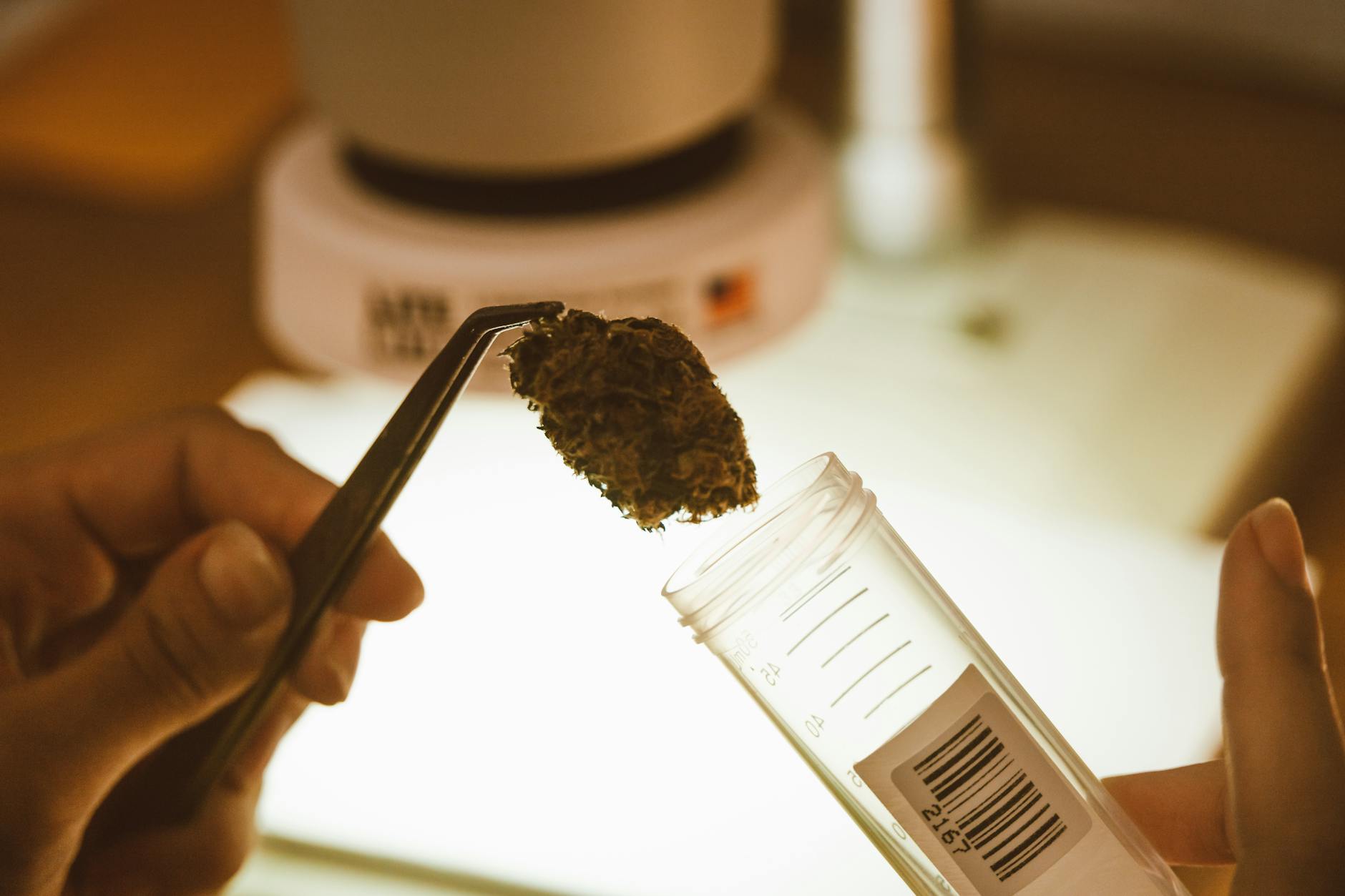The cannabis industry has evolved, introducing a wide selection of cannabis concentrates that are capturing the interest of both patients and recreational users. These potent end products are primarily appreciated for their high cannabinoid and terpene profiles, giving consumers a much richer and more intense experience. To make these concentrates, varying extraction methods are employed. Here, we will take a closer look at those practices and the different types of concentrates they yield.
Firstly, it’s crucial to recognize that cannabis extraction techniques can be split into two main categories: solvent-based extraction and solventless extraction. Each method brings about a set of pros and cons, offering different levels of concentrate purity and requiring specific extraction equipment.
Starting with solvent-based extraction techniques, this method is recognized for its efficiency and high yield, which makes it a popular choice for majority cannabis concentrate producers. These way of extraction utilizes chemical solvents to strip the cannabinoids and terpenes from the plant material. Butane, propane, and alcohol are among the most commonly used solvents, and the final results are typically identified as Butane Hash Oil (BHO), Propane Hash Oil (PHO), or Alcohol Hash Oil (AHO).
These kinds of extraction methods can be a bit risky due to the flammability of the solvents involved and the potential for residual solvents remaining in the final product. Although, with the correct safety measures and appropriate use of extraction equipment, risks can be mitigated.
Next, we have solventless extraction techniques, which as the name suggests, do not use chemical solutions during the extraction process. Instead, heat and pressure are applied to the cannabis flower, naturally releasing its potent contents.
An iconic product of solventless extraction is rosin. Creating rosin is a meticulous process where heat and force create a sap-like substance. This heat-and-squeeze method preserves a high percentage of terpenes, which contributes to its robust flavor and enhanced effects.
Another application of solventless extraction methods is in creating traditional hash or hashish. In this process, the trichomes (resin glands of cannabis) are physically separated from the plant and then pressed together, forming a dense block or ball of resin. Unlike rosin, creating hash does not necessitate the use of heat but can increase the yield if appropriately used.
A relatively new technique, dabbing, is rapidly gaining popularity for consuming these highly potent cannabis concentrates. Dabbing involves heating a nail (or banger) on a specialized pipe (or dab rig) and applying a small portion of concentrate. This process vaporizes the concentrate, leading to an intense and immediately felt high.
Extraction methods and the standards applied directly determine the concentrate purity. It is important to note that while solvent-based extraction can result in highly potent concentrates, the possibility of residual solvents raises concerns about purity. On the flip side, solventless extraction maintains the all-natural individuality of the plant, producing highly flavourful concentrates known for their clean, unadulterated profiles.
The increasing popularity of terpenes place focus on extraction methods that best conserve these valuable compounds. While solvents can potentially degrade terpenes, the heat used in solventless extraction can also have a similar effect. Ultimately, it requires careful control and optimization of the process to maintain these intricate flavors and aromas.
In conclusion, the array of available cannabis concentrates can be traced back to a combination of extraction techniques that painstakingly pull cannabinoids and terpenes from the plant. It requires a deep understanding of extraction equipment and methods to orchestrate the process flawlessly, and it is this mastery that continues to propel the dynamic evolution of cannabis concentrates.
